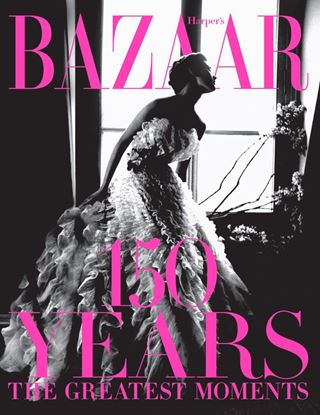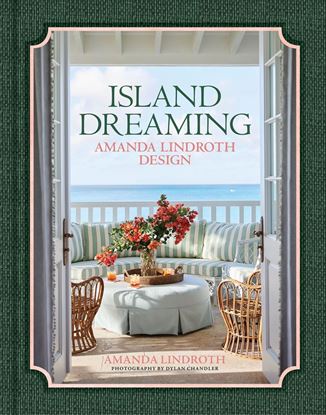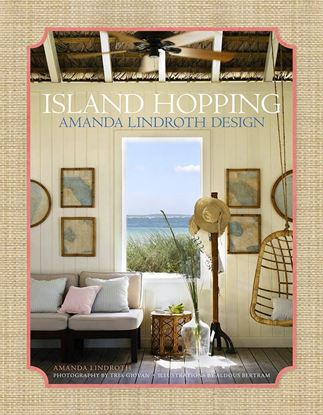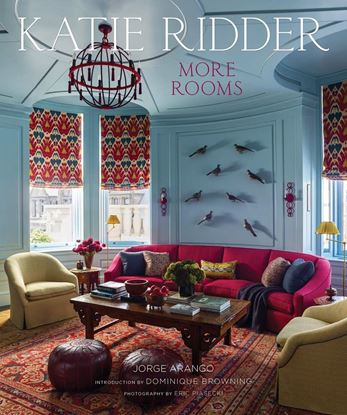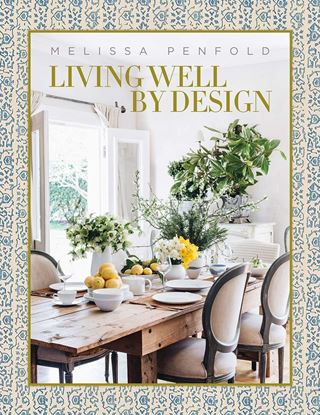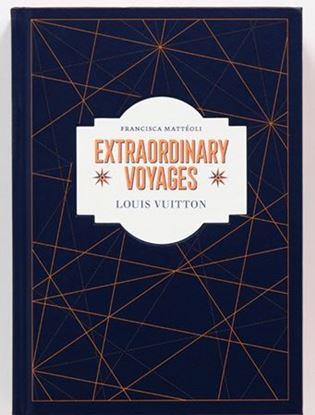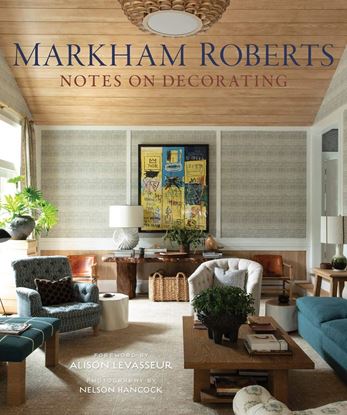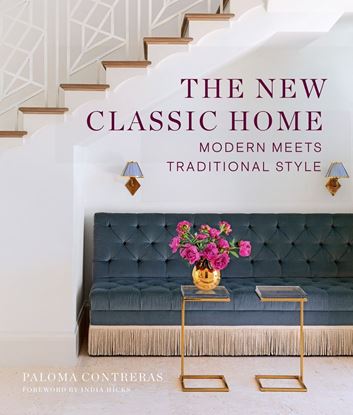

G: FOREVER GREEN A CELEBRATION OF NATURE
An exuberant celebration of the color green—in nature, art, interiors, and design.
Green is like water: it is everywhere, and we can’t live without it. Green is the color of nature and the environment. Green is life. Interior designer and style guru Carlos Mota has such a passion for green that he has now devoted an entire book to it. G: Forever Green celebrates the color in all its manifold manifestations: in nature, food, fashion, jewelry, art, interiors, and architecture.
From the brilliant markings on a butterfly’s wings to the feathers of a tropical bird’s breast, from Magritte’s oversized apple to the brocade drapery in the background of a Holbein portrait, from a leafy arbor to a leafy wallpaper, from celadon to forest to emerald to acid to lime to Kelly, the variety is astounding. Illustrated with Mota’s own photographs, taken as he has traveled the world, as well as images by prominent photographers, G: Forever Green features rooms by notable designers, among them Kelly Wearstler, Alessandra Branca, Mark D. Sikes, Robert Couturier, Gert Voorjans, and Nicky Haslam.
This stunning volume, superbly produced with a green metallic edge stain, is a testament to the power of green to soothe, inspire, and excite.
5,500
HARPERS BAZAAR: 150 YEARS THE GREATEST
Harper’s Bazaar: 150 Years includes the most iconic pieces of work from the magazine’s archive: more than 150 photographs and covers and 50 text excerpts, including articles, poems, and works of fiction.
America’s first fashion magazine, Harper’s Bazaar has showcased the visions of legendary editors, photographers, and stylists and featured the works of noted writers since 1867. From its beginnings as a broadsheet aimed at the rising leisure class, the publication has since transformed into a magazine devoted to examining the lives of women through the lens of fashion. In celebration of the magazine’s 150th anniversary, Harper’s Bazaar: 150 Years captures the greats who have shaped the magazine over these decades.
Organized chronologically by former Harper’s Bazaar editor in chief Glenda Bailey and designed by Elizabeth Hummer, the selections in this book showcase the breadth of creativity and artistry that has been published in the pages of the magazine for more than a century and prove that Harper’s Bazaar is more than just a fashion magazine.
4,750
ISLAND DREAMING AMANDA LINDROTH DESIGN
Island Dreaming features 20 recent projects from Amanda LIndroth, each more enticing than the next.
Lindroth brings her signature style of boldly colored fabrics, rattan and cane seating, canopied beds, and straw matting to homes ranging from cozy cottages to grand houses in Lyford Cay, on Nassau; Albany, on the island of New Providence in the Bahamas; Baker’s Bay, on the island of Great Guana Cay in the Abacos; Manhattan; and Palm Beach, Florida.
Though Lindroth’s style remains unmistakably hers, it’s now perceptibly richer, more sophisticated, and, at times, more whimsical. Illustrated by the lushly detailed photographs of Dylan Chandler, and featuring lovely illustrations by Carlisle Burch, Island Dreaming will be coveted by everyone who can’t get enough of Lindroth’s easy-breezy tropical vibe.
Since the publication of Island Hopping in 2018, the demand for Amanda LIndroth has soared, and it is her latest commissions that fill this new volume.
4,995
ISLAND HOPPING AMANDA LINDROTH DESIGN
White canvas, boldly colored fabrics in solids, stripes, and jaunty prints, rattan and cane seating, whitewashed or colorfully painted English case furniture, canopied beds, straw matting—these are some of the signature ingredients of an Amanda Lindroth interior.
Since she founded her Nassau-based firm in 2010, she has become the go-to designer of island dwellers from Lyford Cay to Antigua, Abaco to Belize, Harbour Island to Palm Beach, and as far north as Great Cranberry Island, Maine. Her airy, relaxed, indoor-outdoor aesthetic is apparent in every one of the twenty-five projects featured here.
With photographs by Tria Giovan, herself an island native, and charming illustrations by Aldous Bertram, who decorated Lindroth’s pied-à-terre in Palm Beach with stunning trompe l’oeil renderings, Island Hopping: Amanda Lindroth Design is the visual equivalent of an island getaway.
4,800
INSIDE PARIS
Celebrated photographer and author Ricardo Labougle takes us on an odyssey through the most superbly decorated homes in Paris. Labougle’s striking photography highlights the rich variety of Paris interiors—from classical and rococo styling to more modern interpretations of decor.
However inspiration strikes, a Paris interior will rise magnificently to the occasion, as demonstrated by internationally-acclaimed Jacques Grange’s contemporary apartment situated in a Regency palace, the innovative rustic modernism of Studio KO, Vincent Darré’s breathtaking painted wall designs, which combine XVIII-century and 1920s styles, and Jacopo Etro’s architecturally exquisite space, enhanced by mid-century décor and filled with objets d’art.
5,500
KATIE RIDDER MORE ROOMS
Bold combinations of primary and secondary colors; exquisitely crafted trims, embroidery, lampshades, and countless accessories (all designed by Ridder); imaginative room surfaces from silver leaf to custom stenciling. These are but a few of the signature elements of a Katie Ridder interior. Katie Ridder: More Rooms explores Ridder’s unique aesthetic room by room to underscore the astounding breadth and depth of her decorating ingenuity. The illuminating text details Ridder’s singularly creative approach to the essential elements of each room, including furniture plan, color, lighting, finishes, pattern, layering, and scale. Illustrated with specially commissioned photographs by Eric Piasecki and featuring an introduction by longtime editor in chief of House & Garden Dominique Browning, Katie Ridder: More Rooms provides endless inspiration for design aficionados.
4,800
LIVING WELL BY DESIGN MELISSA PENFOLD
Melissa Penfold, Australia’s foremost authority on style and design, has distilled her three decades of expertise into a single volume, identifying the basic decorating principles—including light and space, composition and balance, and pattern and texture—and offering hundreds of invaluable tips on how to apply them to turn your house into a home that is comfortable, intimate, beautiful, and the most authentic expression of your personal aesthetic.
Illustrated with images of her own home and inspirational homes around the world, Living Well by Design is an indispensable resource for everyone eager to create interiors in which decorating fundamentals are integrally interwoven with individual style.
2,995
LOUIS VUITTON. EXTRAORDINARY VOYAGES
The mid-19th and early 20th centuries heralded new means of transport and equipment and, with them, new and original ways of exploring the world. Transatlantic liners, automobiles, long-haul airplanes, zeppelins, and express trains unfurled new horizons and changed travel itself into an adventure. Distant lands were no longer solely accessible to aristocrats, explorers, and adventurers. Instead, the world opened up to new groups of people eager to circumvent the globe. And for many of these new globetrotters, traveling was synonymous with Louis Vuitton, the French label whose iconic and functional luggage trunks could be found on nearly every boat, plane, car, and train around the world.
In this beautiful book, author Francisca Mattéoli recounts 50 tales of thrilling travel undertaken in every possible mode of transit, from the hot air balloon to the space shuttle, each lavishly illustrated with more than 300 historical photographs and ephemera from Louis Vuitton’s official archives. Louis Vuitton: Extraordinary Voyages is a journey all its own—an evocative and transporting account of the most surprising and transformative trips taken since the 19th century.
4,995
MARKHAM ROBERTS NOTES ON DECORATING
Markham Roberts is renowned for his boundless creativity and ability to work in a wide range of styles. In this, his second book, he examines his working method, identifying the key elements of a project and explaining how he addresses them. He begins with his top priority: taking into account his clients’ point of view by interpreting their needs and reflecting their style. Other elements include establishing a sense of place, layering and embellishing to make spaces more personal and interesting, acknowledging the need for practicality in materials, and doing the unexpected, from upholstering walls to mixing disparate materials and styles of furniture. Throughout, specially commissioned photographs illustrate his solutions to the challenges each of these elements poses. He concludes the book with a chapter on a single project that encompasses all of the elements.
4,800
THE NEW CLASSIC HOME MODERN MEETS
In The New Classic Home, beloved designer Paloma Contreras focuses her sought-after expertise on one of the most desired yet difficult tasks in decorating: how to design a space that successfully mixes traditional and modern elements. How does one bridge the gap between such different concepts? By walking readers through her four main techniques—color, texture & pattern, scale & proportion, and tension—Contreras demonstrates how to successfully pair seemingly disparate pieces from different eras and styles to create harmonious, timeless, and balanced interiors.
With spectacular color photography and personalized design tips, The New Classic Home divulges how to blend vintage pieces into even the most contemporary settings, highlight favorite elements of any architectural style, freshen classic silhouettes, and create layered, interesting spaces that always include an element of modern surprise with a touch of elegant antiquity.
2,995


